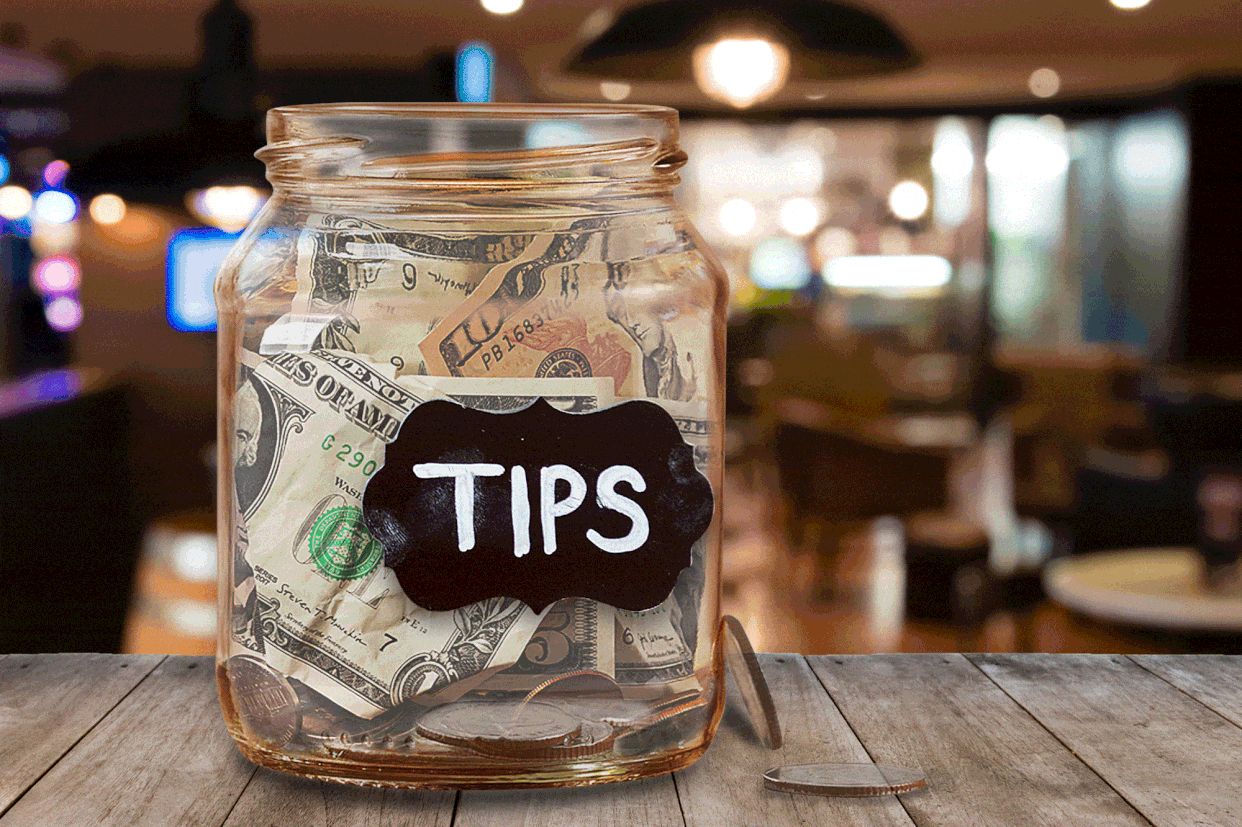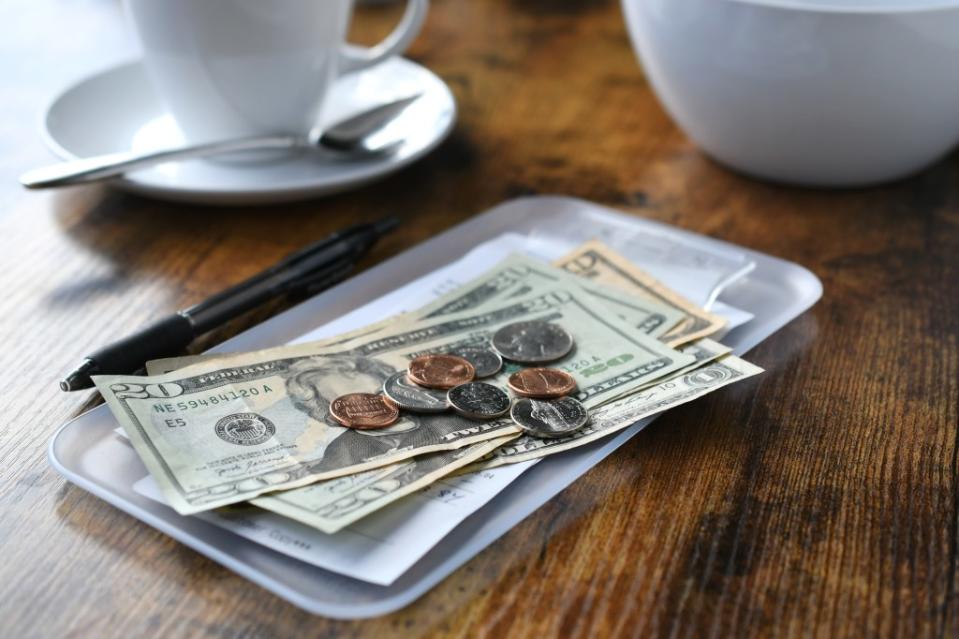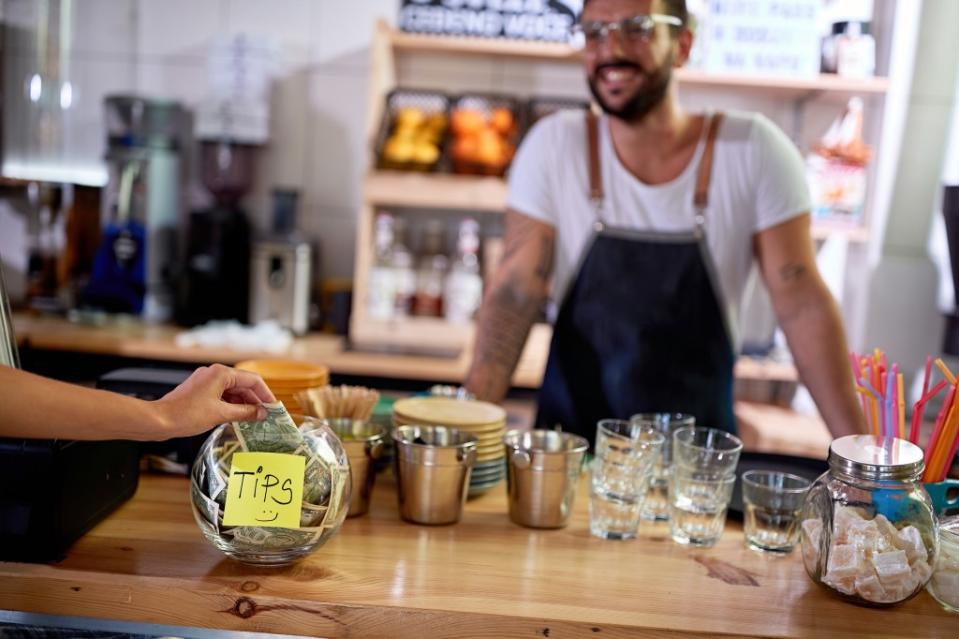Which generation tips the best — Gen Z or boomers? The results of this survey may surprise you

Okay, boomer!
Most Americans are overwhelmed and annoyed with today’s tipping culture, but some are still more generous than others, according to a survey conducted by personal finance comparison site Bankrate.
Nearly 3 in 5 adults have negative feelings about tipping — and the resentment only grows with age.
“Older Americans seem to have the most sticker shock about the rising cost of tipping, yet they’re still much more frequent tippers than Gen Zers and millennials,” Ted Rossman, Bankrate senior industry analyst, said to USA Today. They also tend to add on a higher percentage.

A majority of boomers (ages 60 to 78) and Gen X (ages 44 and 59) reported at least one negative view of tipping — 72% and 62%, respectively, while 51% of millennials (ages 28 to 43) and 45% of Gen Z (ages 18 and 27) reported the same level of dissatisfaction.
Older generations may be the most fed up with being expected to tip well everywhere, but that doesn’t mean they don’t do it. Meanwhile, good luck getting a good tip from Gen Z or male patrons.
Only 35% of Gen Zers who go to sit-down restaurants said they always leave a tip, compared with 56% of millennials, 78% of Gen Xers and 86% of baby boomers.

Additionally, 71% of women always add on a percentage compared to 63% of men.
But good service is still worth something to most Americans.
The majority of people 64% said the biggest factor that influenced how much they decided to tip was the quality of service. Only about 10 percent say they always tip the same amount regardless of the quality of service.
However, boomers (76%) and Gen Xers (67%) are much more likely than millennials — (55%) — and Gen Zers (50%) to show their appreciation with a monetary note.
While even robots and self-checkout machines are now asking for tips, humans have picked up tricks to add a few extra bucks to their tips.
Female restaurant workers from across the country previously told The Post they have noticed an increase in tips when talking with a Southern accent, dyeing their hair blond, wearing their hair down, applying plenty of shiny lip gloss, having their nails manicured and strutting around in booty or biker shorts.
Such anecdotal evidence dovetails with extensive academic findings. Professor William Michael Lynn from Cornell’s School of Hotel Administration has researched tipping for years and has outlined 20 techniques that servers can employ to rake in more cash.

They include wearing something unusual; complimenting a customer’s food choices; writing “thank you” or drawing a picture on the check; squatting down next to the table or standing physically close to a customer; and smiling.
“Whether it’s the watchful eyes of a [barista], the hastily swiveled tablet or the waiter handing you the card machine, more than half (56%) of respondents note that pressure to tip higher is a regular occurrence,” said assayers from Talker Research, formally One Poll US, in Brooklyn.
An April 2024 survey of 2,000 not-so-cheerful givers found that Americans have recently felt pressured into leaving nearly $500 extra in tips during the past year.
“Tipping is a hot-button issue that doesn’t seem to be going away anytime soon,” Rossman said.

